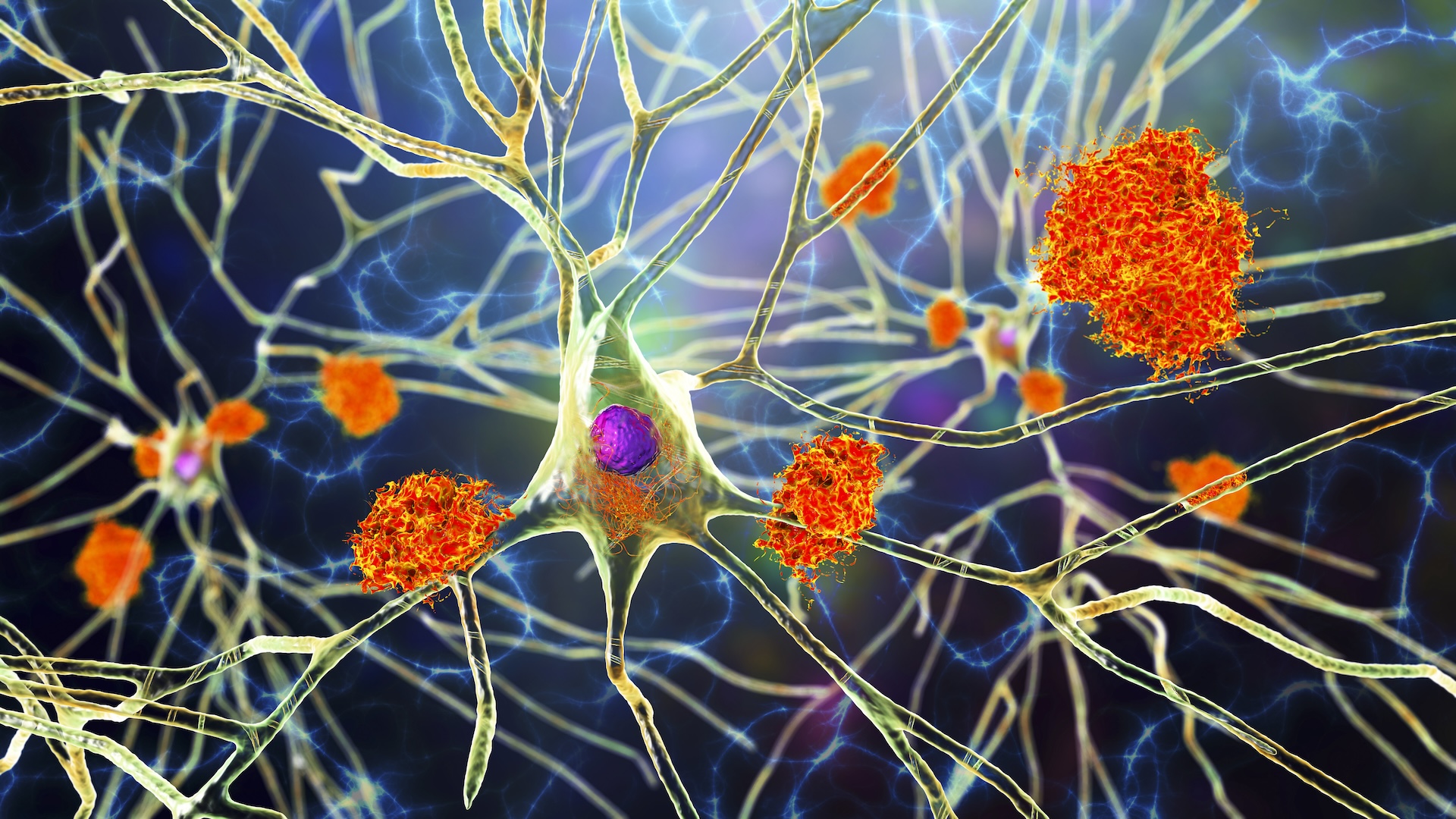The Top 10 Intelligent Designs (or Creation Myths)
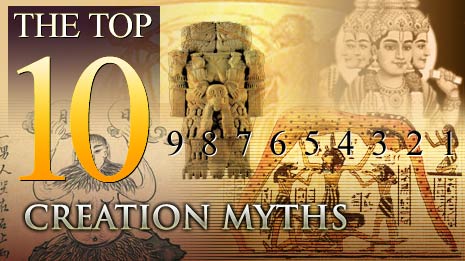
The Top 10 Intelligent Designs (or Creation Myths)

Several parents won a lawsuit against a Pennsylvania school district in 2005 that had added the controversial theory of "intelligent design" to its curriculum. Unlike the theory of evolution which is taught at most schools as a fact-based science, "intelligent design" -- as argued by the plaintiffs -- was nothing more than a philosophy predicated on the Judeo-Christian belief that the logical sequences found in nature are not random happenings or surprising mutations, but deftly managed events created by a greater omniscient and omnipresent intelligence with a specific plan. In short, the work of God. A federal judge thought otherwise. But therein lies the rub: Which god? When the founding fathers established the Constitution of the United States, they chose to include the separation of church and state. This was to ensure that the state-sanctioned religious persecutions that plagued much of Europe during the 16th century would not despoil the young, yet grand experiment in democracy that was to become this Republic. Scientific research has come a long way since Charles Darwin first posited the concept of "natural selection." In the intervening years, humanity has learned much about how we became the dominant species on the planet, how the Earth and the solar system were formed and the ever-changing development of the Universe. Over that time, how we understand the theory of evolution has also changed. Scientists now think that there is an intrinsic logic to our reality, that there are absolutes, laws of nature. Much remains a mystery, and as one question is answered, many others arise. The question that faced Pennsylvania's Dover School District was whether or not the imposition of one creation belief on a multi-ethnic, secular student body is in keeping with the law that prohibits the creation of a state religion. If they allow one belief system to be taught, surely they must also teach others? To help out with this dilemma, LiveScience presents a list of those Creation Myths that helped define civilizations both past and present...
The Genesis of the Judeo-Christian and Islamic Faiths
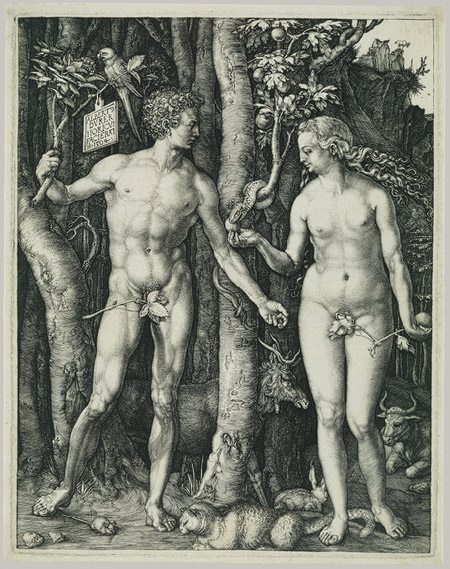
Genesis, the first book of the Jewish Torah and the Christian Bible, contains two origin stories, both of which are accepted as the creation of the world by today's Jewish, Christian and Islamic faiths. In the first, God says, "Let there be light," and light appears. In six days, he creates the sky, the land, plants, the sun and moon, animals, and all creatures, including humans. To all he says, "Be fruitful and multiply," which they do. On the seventh day God rests, contemplates his handiwork, and gives himself a good evaluation. In the second story, God creates the first man, Adam, from the earth. He makes a garden in Eden for Adam, but forbids him to eat fruit from the "Tree of the Knowledge of Good and Evil." Adam names the animals but remains lonely. God anesthetizes Adam and makes one of his ribs into the first woman, Eve. A talking serpent persuades her to eat the forbidden fruit, and she convinces Adam to do likewise. When God finds out, he drives them from the garden and makes man mortal. They should have stuck with apricots!
The Greeks and the Titans

The early Greek poets posited various cosmogonies. The best-preserved is Hesiod's Theogony. In this hymn, out of the primordial chaos came the earliest divinities, including Gaia (mother earth). Gaia created Uranus, the sky, to cover herself. They spawned a bizarre menagerie of gods and monsters, including the Hecatonchires, monsters with 50 heads and a hundred hands, and the Cyclopes, the "wheel-eyed," later forgers of Zeus's thunderbolts. Next came the gods known as the Titans, 6 sons and 6 daughters. Uranus, despising his monstrous children, imprisoned them in Tartarus, the earth's bowels. Enraged, Gaia made an enormous sickle and gave it to her youngest son, Cronus, with instructions. When next Uranus appeared to copulate with Gaia, Cronus sprang out and hacked off his father's genitals! Where Uranus's blood and naughty bits fell, there sprang forth more monsters, the Giants and Furies. From the sea foam churned up by the the holy testicles came the goddess Aphrodite. Later, Cronus fathered the next generation of gods, Zeus and the Olympians. And, boy, were they dysfunctional!
Hindu Cosmology's Rendezvous with Brahma

The Hindu cosmology contains many myths of creation, and the principal players have risen and fallen in importance over the centuries. The earliest Vedic text, the Rig Veda, tells of a gigantic being, Purusha, possessing a thousand heads, eyes, and feet. He enveloped the earth, extending beyond it by the space of ten fingers. When the gods sacrificed Purusha, his body produced clarified butter, which engendered the birds and animals. His body parts transformed into the world's elements, and the gods Agni, Vayu, and Indra. Also, the four castes of Hindu society were created from his body: the priests, warriors, general populace, and the servants. Historically later, the trinity of Brahma (the creator), Vishnu (the preserver), and Shiva (the destroyer) gained prominence. Brahma appears in a lotus sprouting from the navel of the sleeping Vishnu. Brahma creates the universe, which lasts for one of his days, or 4.32 billion years. Then Shiva destroys the universe and the cycle restarts. Relax everybody, the current cycle has a couple billion years left.
Japan, this Island Earth

The gods created two divine siblings, brother Izanagi and sister Izanami, who stood upon a floating bridge above the primordial ocean. Using the jeweled spear of the gods, they churned up the first island, Onogoro. Upon the island, Izanagi and Izanami married, and gave forth progeny that were malformed. The gods blamed it upon a breach of protocol. During the marriage ritual, Izanami, the woman, had spoken first. Correctly reprising their marriage ritual, the two coupled and produced the islands of Japan and more deities. However, in birthing Kagutsuchi-no-Kami, the fire god, Izanami died. Traumatized, Izanagi followed her to Yomi, the land of the dead. Izanami, having eaten the food of Yomi, could not return. When Izanagi suddenly saw Izanami's decomposing body, he was terrified and fled. Izanami, enraged, pursued him, accompanied by hideous women. Izanagi hurled personal items at them, which transformed into diversions. Escaping the cavern entrance of Yomi, he blocked it with a boulder, thus permanently separating life from death. (Rather like Persephone in Hades, isn't it?)
China, the Middle Kingdom
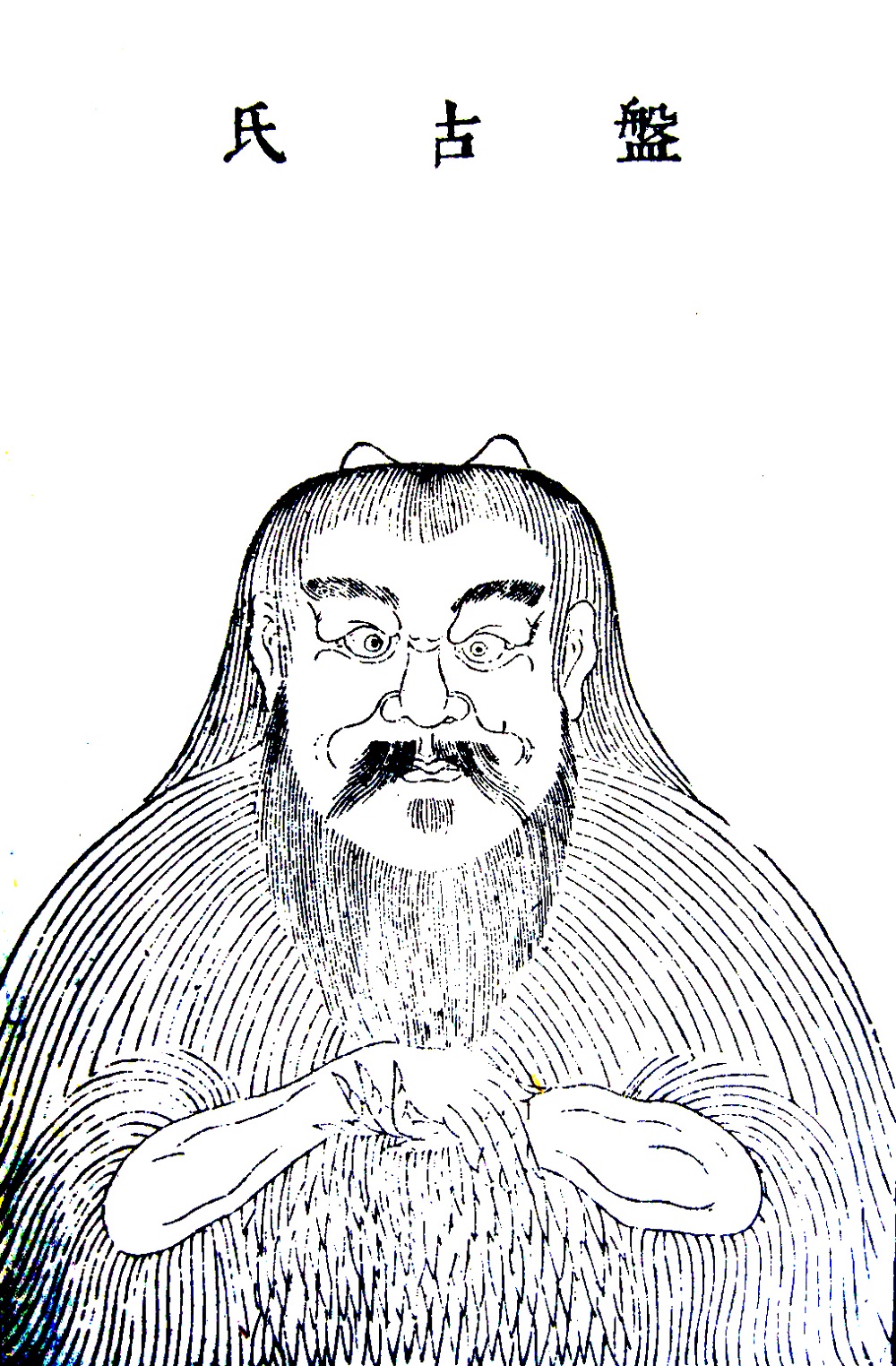
A cosmic egg floated within the timeless void, containing the opposing forces of yin and yang. After eons of incubation, the first being, Pan-gu emerged. The heavy parts (yin) of the egg drifted downwards, forming the earth. The lighter parts (yang) rose to form the sky. Pan-gu, fearing the parts might re-form, stood upon the earth and held up the sky. He grew 10 feet per day for 18,000 years, until the sky was 30,000 miles high. His work completed, he died. His parts transformed into elements of the universe, whether animals, weather phenomena, or celestial bodies. Some say the fleas on him became humans, but there is another explanation. The goddess Nuwa was lonely, so she fashioned men out of mud from the Yellow River. These first humans delighted her, but took long to make, so she flung muddy droplets over the earth, each one becoming a new person. These hastily-made people became the commoners, with the earlier ones being the nobles the first example of mass-production!
South of the Border, Down Mexico Way: The Aztecs
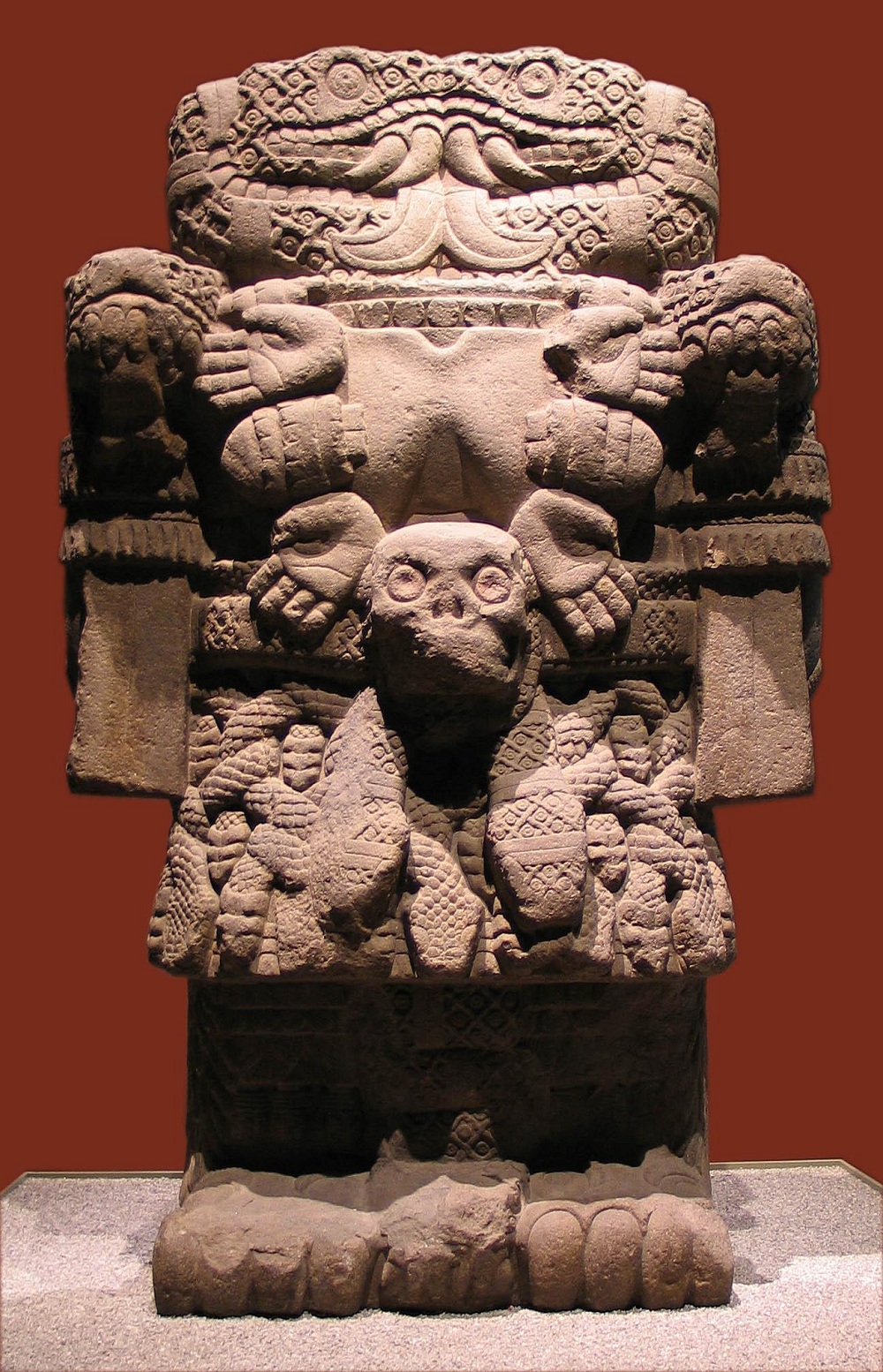
The earth mother of the Aztecs, Coatlicue ("skirt of snakes,") is depicted in a fearsome way, wearing a necklace of human hearts and hands, and a skirt of snakes as her name suggests. The story goes that Coatlicue was impregnated by an obsidian knife and gave birth to Coyolxauhqui, goddess of the moon, and to 400 sons, who became the stars of the southern sky. Later, a ball of feathers fell from the sky which, upon Coatlicue finding it and placing it in her waistband, caused her to become pregnant again. Coyolxauhqui and her brothers turned against their mother, whose unusual pregnancy shocked and outraged them, the origin being unknown. However, the child inside Coatlique, Huitzilopochtli, the god of war and the sun god, sprang from his mother's womb, fully-grown and armored (talk about a C-section!). He attacked Coyolxauhqui, killing her with the aid of a fire serpent. Cutting off her head, he flung it into the sky, where it became the moon. That was supposed to comfort Coatlicue, his mother--some comfort!
Spirits of Ancient Egypt
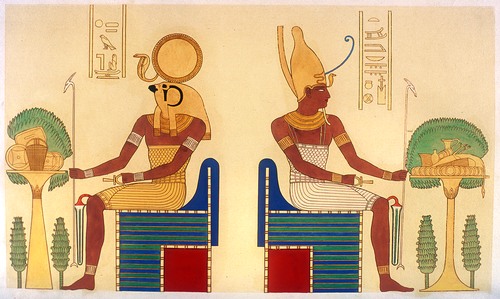
The ancient Egyptians had several creation myths. All begin with the swirling, chaotic waters of Nu (or Nun). Atum willed himself into being, and then created a hill, otherwise there'd be no place for him to stand. Atum was genderless and possessed an all-seeing eye. He/she spat out a son, Shu, god of the air. Atum then vomited up a daughter, Tefnut, goddess of moisture. These two were charged with the task of creating order out of chaos. Shu and Tefnut generated Geb, the earth, and Nut, the sky. First they were entwined, but Geb lifted Nut above him. Gradually the world's order formed, but Shu and Tefnut became lost in the remaining darkness. Atum removed his/her all-seeing eye and sent it in search of them. (Just how all-seeing it was, and what did Atum do without, remains a mystery.) When Shu and Tefnut returned, thanks to the eye, Atum wept with joy. (Presumably he/she re-inserted the eye first.) Where the tears struck the earth, men sprang up.
By the Rivers of Babylon
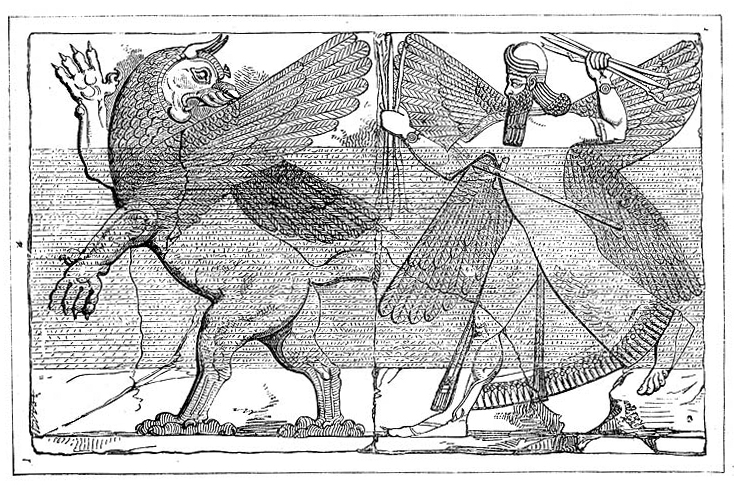
The Babylonian creation myth, the Enuma Elish, begins with the gods of water, Apsu (fresh), and Tiamat (salt), spawning several generations of gods, leading to Ea and his many brothers. However, these younger gods made so much noise that Apsu and Tiamat could not sleep (a complaint still common today amongst apartment-dwellers). Apsu plotted to kill them, but Ea killed him first. Tiamat vowed revenge and created many monsters, including the Mad Dog and Scorpion Man. Ea and the goddess Damkina created Marduk, a giant god with four eyes and four ears, as their protector. In tangling with Tiamat, Marduk, bearing the winds as weapons, hurled an evil wind down her gullet, incapacitating her, and then killed her with a single arrow to her heart. He then split her body in half and used it to create the heavens and the earth. Later he created man to do the drudge work that the gods refused to do, like farming, telemarketing and accounting. (Marduk currently appears on Cartoon Network's Sealab 2020!)
Zoroastrianism, the Religion of Ancient Persia
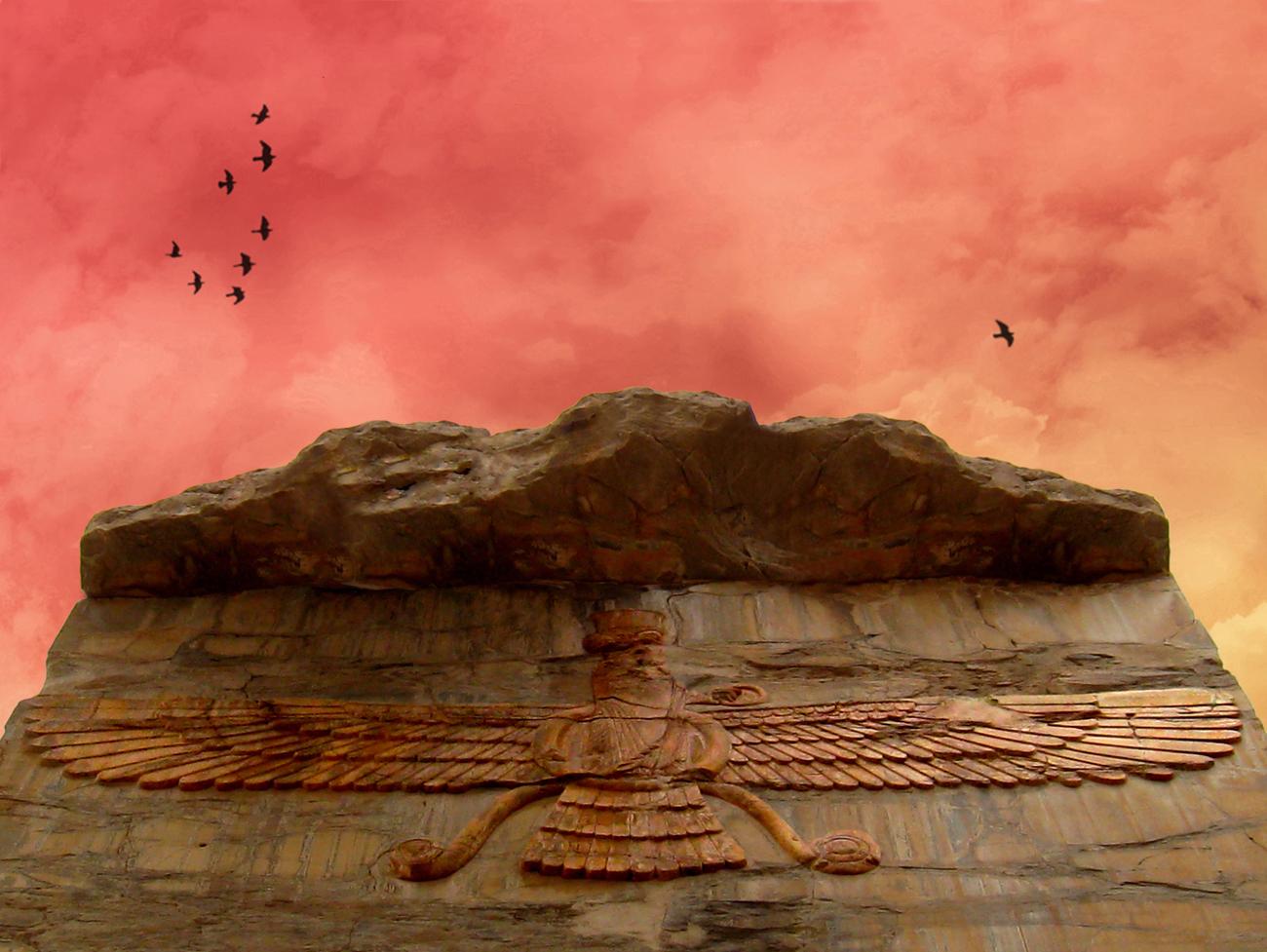
The Bundahishn of the Middle Persian era tells of the world created by the deity Ahura Mazda. The great mountain, Alburz, grew for 800 years until it touched the sky. From that point, rain fell, forming the Vourukasha sea and two great rivers. The first animal, the white bull, lived on the bank of the river Veh Rod. However, the evil spirit, Angra Mainyu, killed it. Its seed was carried to the moon and purified, creating many animals and plants. Across the river lived the first man, Gayomard, bright as the sun. Angra Mainyu also killed him. Ouch! The sun purified his seed for forty years, which then sprouted a rhubarb plant. This plant grew into Mashya and Mashyanag, the first mortals. Instead of killing them, Angra Mainyu deceived them into worshipping him. After 50 years they bore twins, but they ate the twins, owing to their sin. After a very long time, two more twins were born, and from them came all humans (but specifically Persians).
Hammer of the Gods: Norse Mythology
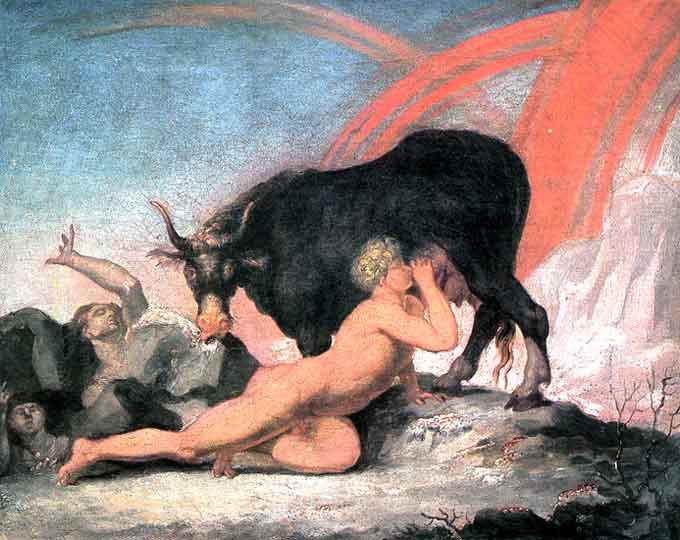
With its bounty of brawny, barrel-chested gods and buxom goddesses, the ancient Norse religion of the Scandinavian and Germanic countries is truly the creation myth for fans of both pro wrestling and heavy metal music. According to Norse lore, before there was Earth (Midgard), there was Muspell, a fiery land guarded by the fire sword-wielding Surt; Ginnungagap, a great void, and Niflheim, a frozen ice-covered land. When the cold of Niflheim touched the fires of Muspell, the giant Ymir and a behemothic cow, Au�humla, emerged from the thaw. Then, the cow licked the god Bor and his wife into being. The couple gave birth to Buri, who fathered three sons, Odin, Vili, and V�. The sons rose up and killed Ymir and from his corpse created from his flesh, the Earth; the mountains from his bones, trees with his hair and rivers, and the seas and lakes with his blood. Within Ymir's hollowed-out skull, the gods created the starry heavens. What can we say: Pure metal magic!!
Sign up for the Live Science daily newsletter now
Get the world’s most fascinating discoveries delivered straight to your inbox.
